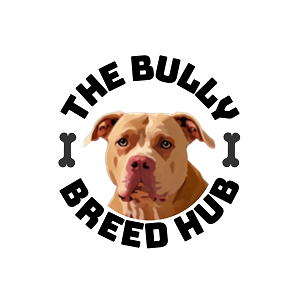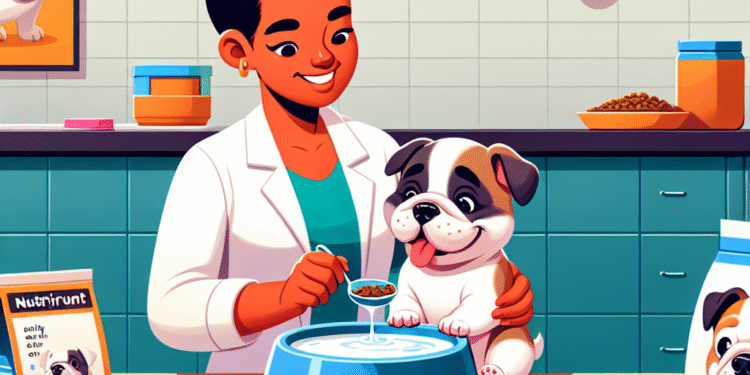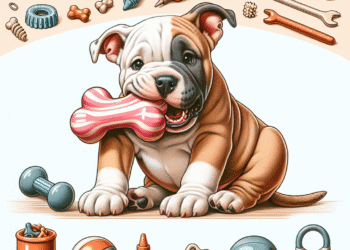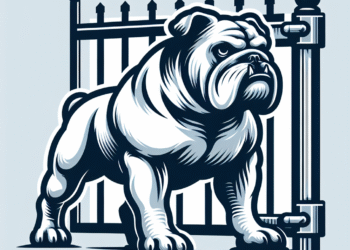Welcoming a new puppy into your home is an exciting adventure, especially when it’s a Bully breed, known for their affectionate nature and playful spirit. As a responsible pet owner, ensuring that your puppy has a healthy start is paramount. One of the pivotal milestones in your puppy’s life is the transition from milk to solid food. This article explores the best practices and timing for making that transition smooth and beneficial for your Bully.
Understanding Puppy Nutrition Needs
Puppies, particularly those of bully breeds, have specific nutritional needs for proper growth and development. In their first few weeks, they rely on their mother’s milk or a suitable substitute if they are orphaned or weaned too early. Milk provides essential nutrients, antibodies, and hydration. However, as they grow, these needs shift.
Signs Your Puppy is Ready for Solid Food
Typically, puppies can start transitioning to solid food around 4 to 6 weeks of age. Here are some signs that indicate your Bully puppy is ready to make the switch:
- Teething: Puppies start to lose their baby teeth around this age, and chewing on solid food can help relieve discomfort.
- Curiosity: If your puppy is showing interest in what you’re eating or sniffing around their surroundings for food, this indicates readiness to explore solid options.
- Weight Gain: Healthy weight gain can be a sign that your puppy is ready to explore beyond milk.
- Active Behavior: An increase in energy and playful behavior is another indication that they may now benefit from a more substantial diet.
How to Transition
Transitioning to solid food should be a gradual process to avoid upsetting your puppy’s stomach. Here are some steps to ensure a smooth transition:
1. Choose the Right Food
Select a high-quality puppy food formulated specifically for bully breeds. Look for options that list meat as the primary ingredient and have a balanced nutritional profile. You might choose dry kibble, wet food, or a combination of both.
2. Start with a Slurry
Begin by mixing a small amount of solid puppy food with water or puppy milk replacer to create a slurry. This texture mimics the consistency of milk and makes it easier for your puppy to eat. Gradually increase the amount of solid food while reducing the liquid over several days.
3. Monitor Portion Sizes
Feed your puppy small portions several times a day, as their stomachs are still adjusting. Monitor their intake and ensure they are not overeating, which can lead to digestive issues.
4. Gradual Transition
Continue to mix the slurry with more solid food over a week or two. By the end of this period, your puppy should be eating primarily solid food. Keep an eye out for any signs of allergies or digestive distress, as it may be necessary to adjust the type of food.
What to Watch For
As you transition your puppy to solid food, pay attention to their behavior and health:
- Digestion: If your puppy has diarrhea or is vomiting, revert to the previous food consistency and consult with your veterinarian.
- Energy Levels: Ensure they remain active and playful, as any lethargy can indicate a problem.
- Allergies: Be aware of any itching or unusual reactions which may suggest a food allergy.
Conclusion
Transitioning your Bully puppy from milk to solid food is a significant step in their growth journey. With careful observation and a gradual approach, this change can set the foundation for a healthy, happy dog. Always consult your veterinarian if you have concerns or questions specific to your puppy’s dietary needs. Remember, a well-nourished puppy is a happy puppy, ready to grow into a loving, loyal companion!














